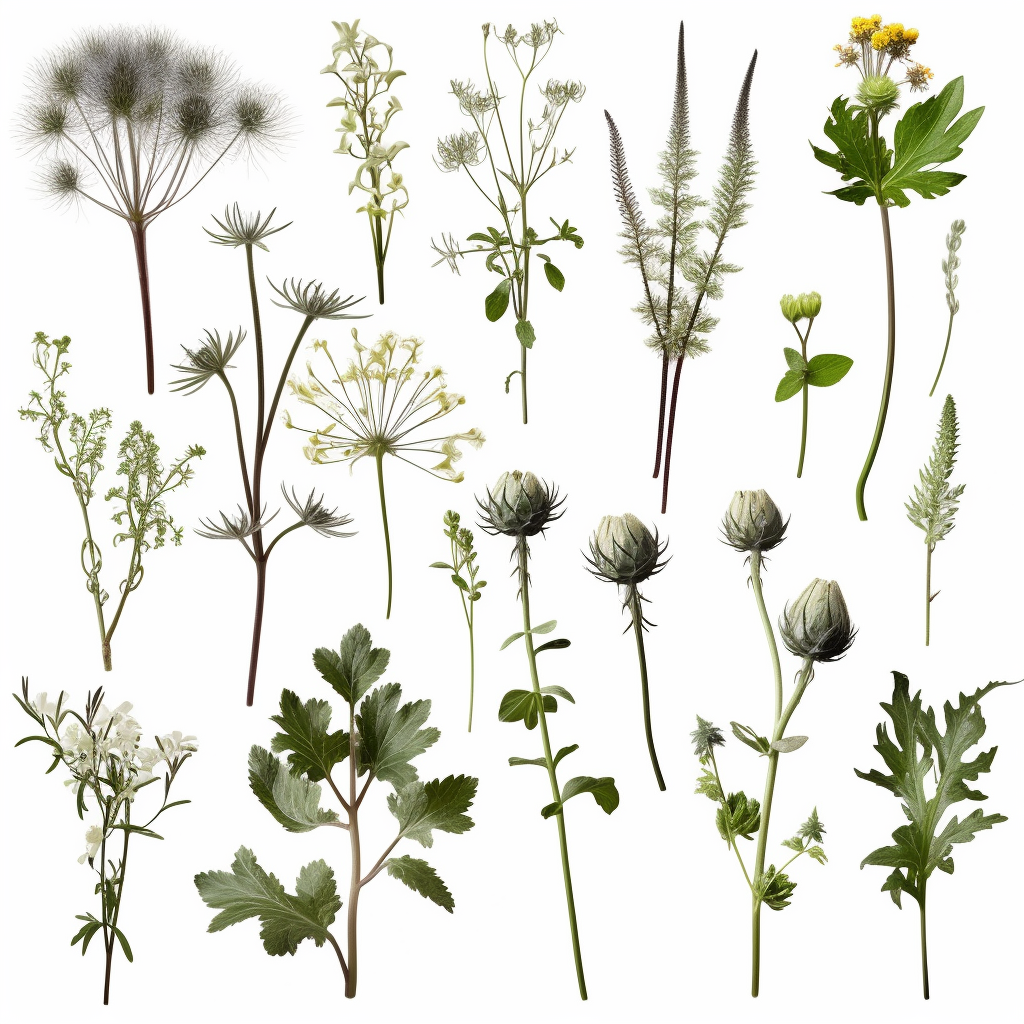Introduction
A healthy, vibrant lawn is a joy to behold, but sometimes, even the best-maintained lawns can fall victim to diseases. Hot and humid months can create an ideal environment for lawn diseases like dollar spot and leaf spot. Understanding how to identify and treat these diseases is crucial to maintaining a lush, green lawn. This article will provide specific instructions for recognizing common lawn diseases and treating them with fungicides, along with tips for maintaining proper watering and mowing practices to prevent future outbreaks.

Identifying Common Lawn Diseases
Dollar Spot: Dollar spot is a fungal disease that appears as small, silver-dollar-sized tan or straw-colored spots on the grass blades. These spots may merge to form larger, irregularly-shaped patches. Dollar spot is more prevalent during periods of high humidity and warm temperatures, especially in lawns with low nitrogen levels.
Leaf Spot: Leaf spot is another fungal disease characterized by small, dark brown to black spots on grass blades. As the disease progresses, these spots may enlarge and develop a yellow halo, eventually causing the grass to turn yellow and die. Leaf spot is more common in cool, wet weather conditions, and it can affect both cool-season and warm-season grasses.
Treating Lawn Diseases with Fungicides
If you notice any signs of disease in your lawn, it’s essential to treat the affected area with a fungicide as soon as possible. Two popular fungicide options for treating lawn diseases are Scotts DiseaseEx Lawn Fungicide and BioAdvanced Fungus Control for Lawns. Follow the instructions below to apply these products effectively:
Scotts DiseaseEx Lawn Fungicide: This granular fungicide provides broad-spectrum control of common lawn diseases. To apply, follow these steps:
- a. Read the label instructions to determine the appropriate application rate for your lawn’s specific disease.
- b. Using a broadcast or drop spreader, evenly distribute the granules across the affected area.
- c. Water the lawn thoroughly after application to help move the fungicide into the soil.
BioAdvanced Fungus Control for Lawns: This liquid fungicide offers systemic control of various lawn diseases. To apply, follow these steps:
- a. Read the label instructions to determine the correct mixing ratio for your lawn’s specific disease.
- b. Mix the fungicide with water in a pump or hose-end sprayer.
- c. Evenly spray the affected area, ensuring complete coverage of the grass blades.
Remember to follow the product’s label instructions for specific application rates, timing, and safety precautions.
Maintaining Proper Watering and Mowing Practices
Healthy lawns are less susceptible to disease, so it’s essential to maintain proper watering and mowing practices to prevent future outbreaks. Follow these guidelines to keep your lawn in top shape:
Watering: Water your lawn deeply and infrequently, aiming for 1 to 1.5 inches of water per week, including rainfall. Watering early in the morning allows the grass to dry before nightfall, reducing the risk of disease development.
Mowing: Mow your lawn at the appropriate height for your grass type, typically between 2.5 to 4 inches. Avoid removing more than one-third of the grass blade at a time, as scalping can weaken the grass and make it more susceptible to disease.
Conclusion
By
learning to identify common lawn diseases and treating them with the
appropriate fungicides, you can effectively maintain a healthy, beautiful lawn.
Additionally, adhering to proper watering and mowing practices will help
prevent future disease outbreaks and keep your lawn looking its best throughout
the year.
Share this post: on Twitter on Facebook